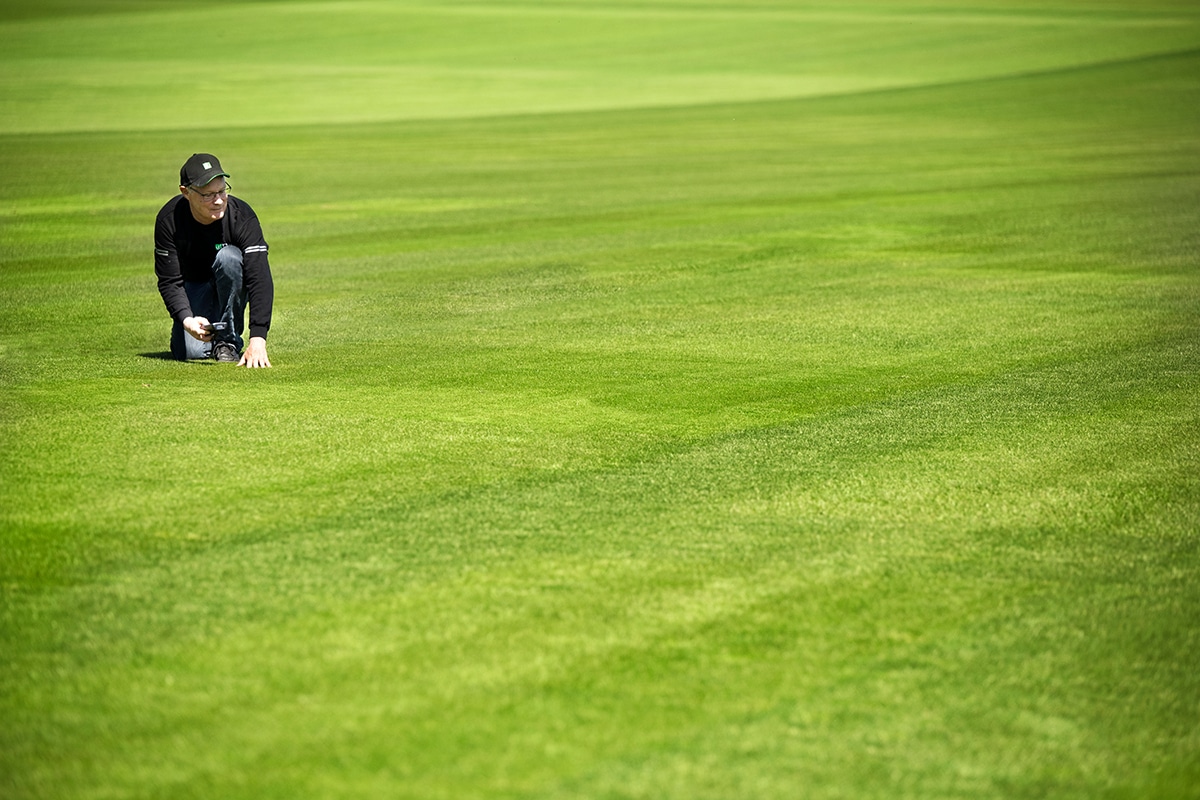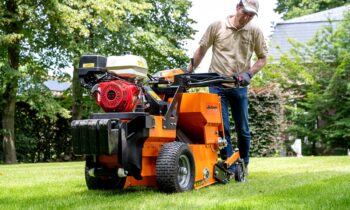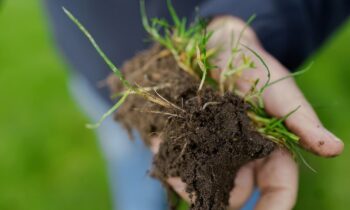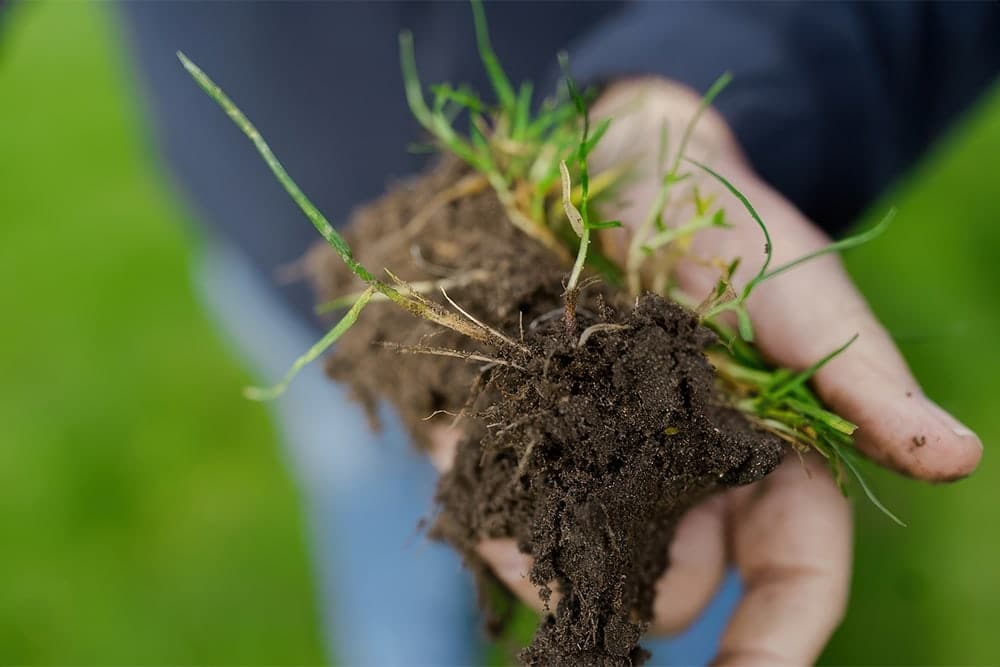
Custom grasses: mix & match
Global warming can no longer be avoided. This is immediately one of the reasons why solutions and innovative ideas are being sought to reduce its impact. So too in the world of grasses for professional use. Where once our climate was an ally in caring for your sports field or turf, now it sometimes takes a little more effort. Enter DLF from Kapelle, the Netherlands. With numerous species, varieties and mixtures, they cater to the needs of the professional grass user.
"Climate, of course, is not the only aspect," says Erik Dolstra, recreational turf specialist at DLF. "The quality of grass for golf courses and soccer fields simply has to be good. And with our mixtures, which are more resistant to diseases and fungi, we naturally respond to this. Years of trial and error have brought us to where we are today: for example, we know that a mixture of English ryegrass and field brome makes a very strong combination." On the golf course, investing in grass mixtures with high disease tolerance reduces the frequency and severity of problems, such as brown spots and fungal growth. The result: a nicer-looking course and an improved playing experience for golfers at all levels. A top hole-in-one on a perfect green!
Another important consideration is drought and salt tolerance. "Drought tolerance is essential when we consider generally rising temperatures and the unpredictability of precipitation," Dolstra said. Grasses with high drought tolerance survive with limited water supply and also recover faster after drought. Grass mixtures with good drought tolerance have become indispensable during increasingly prolonged droughts and related irrigation restrictions.
In turn, for golf courses or other sports fields in coastal areas, salt tolerance is a necessary characteristic. After all, irrigation water with a high salt content can lead to salt accumulation and - needless to say - this is obviously harmful to many traditional grass species. Salt-tolerant grasses offer a solution to this problem.
Grass Guide
What is the right grass mixture for your application? The handy Grass Guide will get you a long way. It is a handy tool that provides a detailed list of grass varieties that have been tested and evaluated for properties such as disease resistance, treading tolerance, and aesthetic characteristics throughout the seasons. With this guide, any greenkeeper can choose the appropriate grass species according to specific climatic and environmental conditions. But be sure to seek advice from a grass specialist, such as Erik Dolstra of DLF.
Grass mixtures: strong together
Everything starts with selecting the right genetics of grass varieties. This choice is the foundation of a healthy and resilient lawn. With quality turf mixtures, with optimal genetics, your turf can better handle the challenges of a changing climate.
"Everything hinges on a good understanding of the intended use and environment," Erik Dolstra states. "That is also our strength at DLF, we first and foremost check what the specific needs are and then we look at which mixture best meets them." English ryegrass is one of the most widely used mixtures in our regions. It is a very reliable and strong species, with high treading tolerance. So it's ideal for sports fields. "Within this species, you then have the diploid and the tetraploid varieties. The latter is bred for high disease and drought tolerance and winter hardiness." And if you want to be absolutely right, for super-intensive use, you should definitely consider field legume grass. "For a concrete-iron grass mat," Erik Dolstra winks. Unlike English ryegrass, which mainly roots deep, field meadowgrass creates a kind of concrete mesh under the grass by means of underground offshoots. This makes the turf rock solid.
In short, a lawn or grass field is rarely beautiful and green by chance, but usually the result of a good mixture choice, in which the best properties of the different grasses together ensure the best result. A grass specialist can provide good advice in this regard.
Heeft u vragen over dit artikel, project of product?
Neem dan rechtstreeks contact op met DLF BV.
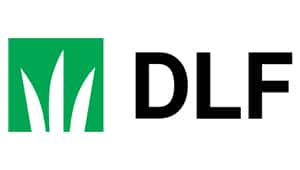 Contact opnemen
Contact opnemen
